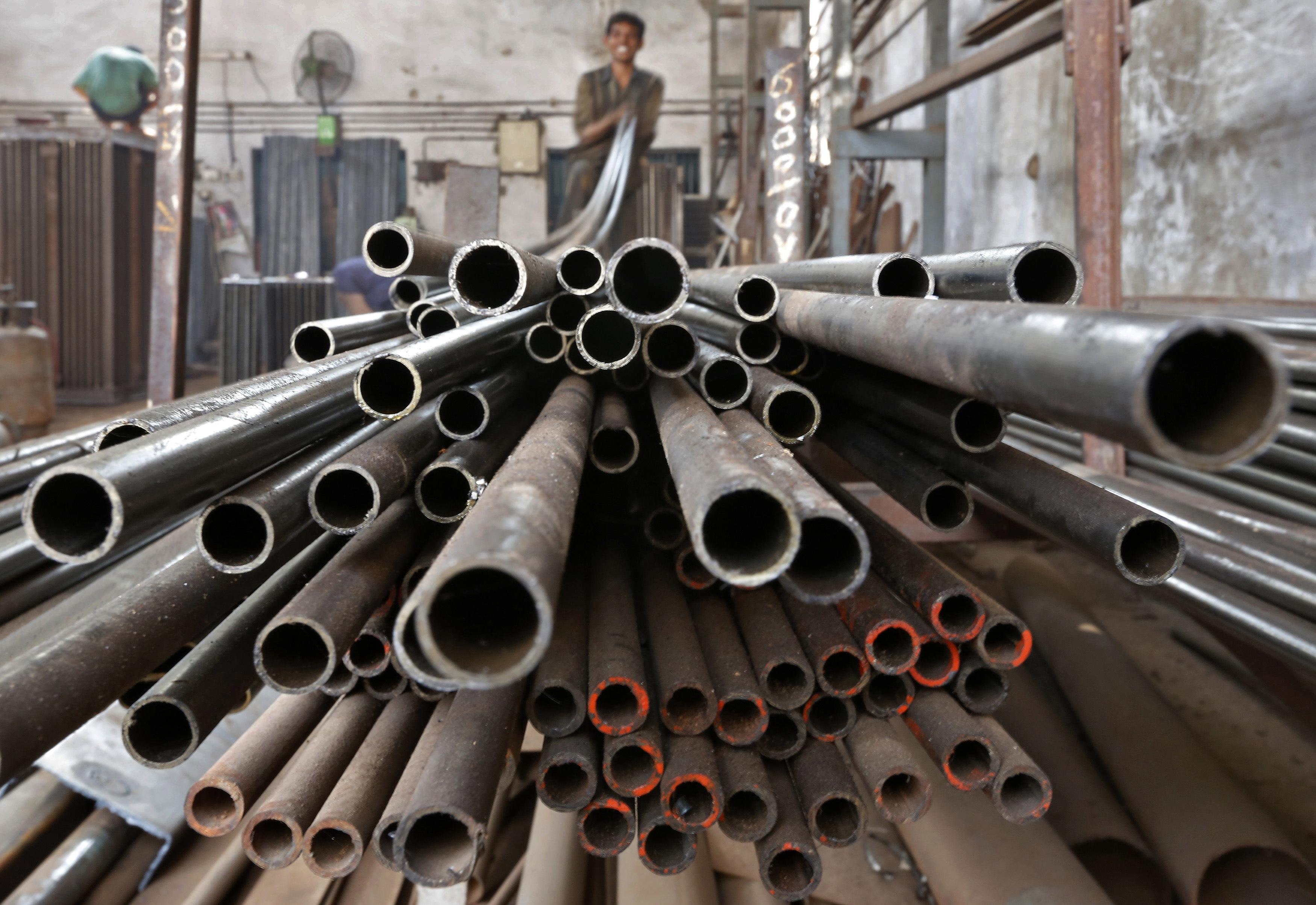India–US Trade Tensions Rise Over Steel and Auto Tariffs NMDC Limited reports a 38% drop in Q4 FY24 consolidated net profit RINL to Raise $23 Million Through Land Sales Amid Crisis

India's ambitious economic plans, which include ongoing infrastructure projects, are likely to completely support the country's metals demand. According to industry sources, regardless of the outcome of India's forthcoming elections, no big policy changes are envisaged as India seeks to preserve its economic priorities and keep the discourse about energy transition moving forward.
This indicates that in the upcoming years, India is expected to continue increasing its spending on manufacturing, infrastructure, and construction—all indicators of increased demand for scrap, steel, iron ore, and coking coal. Critical mineral resources like lithium are also being sought after by India as part of its larger clean energy initiatives.
Steel consumption is predicted to grow in the future years, owing to infrastructure projects. Infrastructure spending, which accounts for 25%-30% of steel demand, is predicted to rise to 11% year on year in fiscal year 2024-2025 (April-March), according to the present government's interim budget release.
The outlook for steel demand in the country appears to be bright, regardless of the outcome of the June general elections, according to sources, citing evidence from substantial expansion plans begun by major steel makers with one western India-based company. According to sources, the demand for steel is expected to stay high for the next ten years or more.
India is set to maintain its current iron ore export policy in the face of secondary steelmakers' requests for an export restriction. The high volume of iron ore exports from India to China drives up prices and strains the margins of secondary steelmakers, who usually need integrated operations. As exports of the mineral increase, the secondary steelmakers must compete for a limited supply of iron ore or pay more for premium ore.
However, industry sources claimed that the nation does not use much of the low-grade iron ore that India normally exports. According to Anil Patro, the country head of India at Ashon International, a worldwide commodities trading company, India cannot benefit from lesser quality iron ore, especially with an iron concentration of less than 58%.
Secondary steel firms have lobbied for an export levy on low-grade iron ore, but this is unlikely because large steel companies also export this material from their mines. As iron ore production is expected to increase in the future, any new administration will strive to finalise beneficiation policy, which increases iron ore content by concentrating low-grade iron ores.
The demand for coking coal in India is anticipated to increase in the upcoming years due to the country's strong drive for infrastructure. Indian commerce ministry data shows that the country's demand for coking coal increased by 10% between 2019 and 2023, from 51.3 million metric tonnes to 56.5 million tonnes. This increase was mostly due to the country's strong steel demand and solid infrastructure growth.
Domestic mills have ongoing expansion projects, with India aiming to reach 300 MMT of steel production capacity under the National Steel Policy 2017. This will keep coking coal demand high as the country is reliant on imports of the key raw material, sources said.
While conventional steel raw materials see an expected rise amid potential policy continuity, India has committed to net-zero goals and will need other means to lower emissions from its steel industry. This includes low-carbon electric arc furnaces that use scrap as a raw material to produce steel.
Indian demand for seaborne shredded containerized scrap is expected to improve in the near- term as buyers resume restocking after the elections, sources told Commodity Insights.
According to commerce ministry data, India imported a record 12.11 MMT of ferrous scrap in 2023, up sharply from 8.37 MMT in 2022. Market participants said demand for imported scrap is expected to improve once the election results are announced on June 4 and buyers focus on pre-monsoon season restocking.
India has strategically pushed towards securing vital resources for its burgeoning clean energy ambitions. This includes mineral lithium, which has been included under the critical minerals list of at least eight major global economies, including India. Lithium is used to build electric vehicles and energy storage systems, making it a key mineral in energy transition efforts. India discovered about 5.9 MMT of lithium ore in the Jammu and Kashmir union territory in 2023. However, as most of those deposits are clay deposits, their processing is seen as more challenging than that of brine or hard rock deposits.
According to sources, India will begin real mining in a few years as commercial solutions to extract lithium from clay deposits emerge. Until then, India must explore partnerships to secure lithium supplies. India signed a lithium mining agreement with Argentina, the world's leading holder of lithium-based resources, in January. India's mining minister, Prahlad Joshi, said the move will play a crucial role in driving energy transition efforts and ensuring a resilient and diversified supply chain for critical and strategic minerals essential for various domestic industries.
Even as the outcome of the elections holds the key to how various policies will shape the next five years, India is expected to continue developing its critical mineral supply chain and fueling its economy through capital spending, a trend that will further bolster India's influence in global metals and minerals sectors over the coming years.
Also Read : India plans to triple its capacity for steel production by 2047 Market for Galvanised Steel Grows: Size and Market Share Increase (2023-2032)